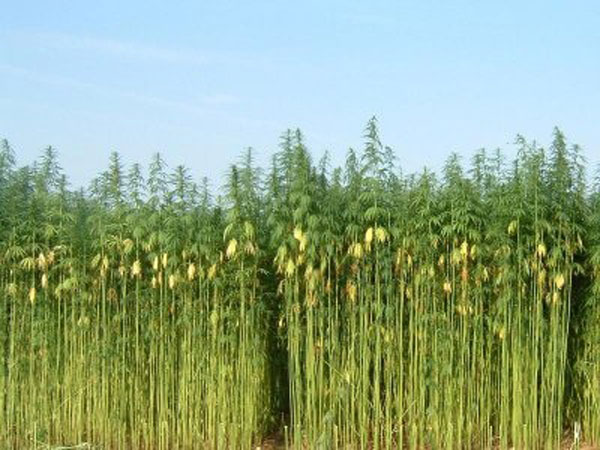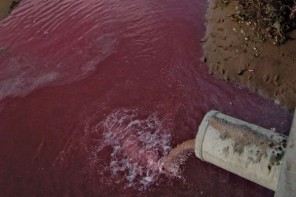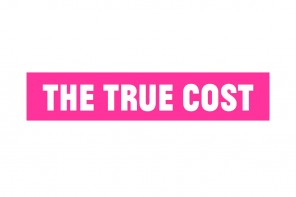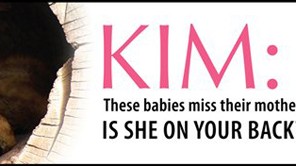Words by Giulia Simolo
Green or not green? Shopping savvy or silly? Here’s all you need to know about hemp: the good, the bad and the eco.
Hemp is a variety of cannabis grown for its valuable fibre and seeds. Sometimes people are against hemp as an eco-friendly fibre because growing the cannabis plant is illegal in many countries including South Africa, and they think that hemp actually is marijuana. But it isn’t the same thing. Although the plant that produces hemp is part of the cannabis plant, hemp is not marijuana because it contains almost no THC (delta-9-tetrahydrocannabinol), marijuana’s active ingredient. This means that all products which are made from hemp are environmentally friendly and they don’t have any mind-altering effects.
Hip to be hemp
When it comes to eco-friendliness, hemp is great because it grows quickly, is dense and impenetrable, making it impossible for weeds to encroach on its space. This has the benefit of not requiring the use of herbicides and artificial fertilisers which contain dangerous chemicals. During plantation, hemp requires no irrigation and it can grow in many different areas of the world. This makes it reasonably priced to grow.
Once it has grown, hemp can be used for many products, from clothing and handbags to even paper. In fact, no part of the hemp plant is wasted as even the seeds can be used to make oil. Hemp is a sturdy material and easily blends with other fibres. When used in clothing, hemp is much stronger than cotton and therefore scores high on the sustainability scale. Clothing made from hemp will often last longer than clothing made with other materials. This not only saves you bucks but prevents you from having to buy replacement clothing after a season or two. Hemp products are 100% biodegradable, recyclable, and reusable.
Did you know? Using hemp paper can reduce deforestation. For every four acres of trees that are required to make paper annually, only an acre of hemp is needed. Hemp paper can be recycled up to seven or eight times. In comparison, paper from wood pulp can only be recycled up to three times.
The hemp debate
Besides for the illegality issues that make it difficult to use hemp as much as we can, there is also the problem with hemp being quite high-maintenance when it comes to clothing. When wearing hemp clothing, it can be prone to wrinkling and pure hemp can be a bit abrasive on the skin. When choosing clothing, try to find items that have been made from a mix of hemp with other fibres. Hemp has the characteristic of washing out easily and this causes it not to be very colourfast. So, when washing hemp, always make sure you don’t mix it in with darker colours. Avoid using a dryer to dry your hemp clothing because this will cause shrinkage and creases to occur; rather allow it to air dry, which is also the more eco-friendly option.
Building houses with hemp
In the Western Cape a house has been built almost completely from hemp. The house belongs to Tony Budden, the co-owner of hemp company Hemporium. The hope is that this house will start a wave of eco-friendly homes.











